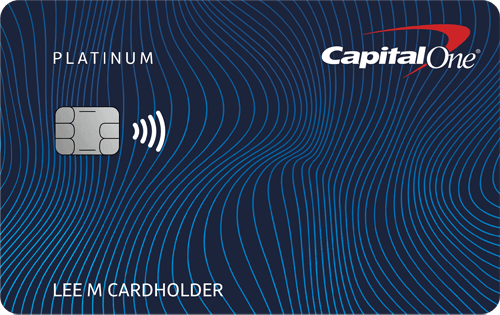
There are many products and services offered by credit card companies. It is possible to compare their products online. You can find websites that review different products and group them based on their main functions. You can also use these websites to find student credit cards. These will list the rates and benefits. These sites can be used to compare the pros and cons of different credit cards if you are looking for one.
From card issuer to issuer, interest charges can vary widely
There may be different interest rates depending on which issuer you have. Some issuers will charge "teaser rate" which is zero percent for the first few month, while others may charge as high as 40 percent for the remainder of the year. Individual states also determine interest rates. Individual states may have different interest rates, such as South Dakota which does not have any interest rate limits and Delaware which has weak usury legislation.
Different creditworthiness levels may have different interest rates. Cards with lower credit ratings may have a higher interest rate, while cards with higher credit scores will have lower rates. The prime rate is what banks charge their highest credit-worthy clients to determine the interest rates.

Card issuers can vary in their interest rates
Although the average interest rate for credit cards is subject to change, it is typically around 17% in the first half 2019. NerdWallet says that interest rates on credit cards are determined based on consumer credit ratings. A higher credit score is associated with lower rates. Higher credit scores are associated with lower rates.
Certain banks have raised interest rates while others have increased fees as a result of new rules regarding credit card charges. The Federal Reserve advises consumers to make comparisons and research the fees associated with credit cards.
Benefits from a balance transfer credit cards
Although balance transfers seem to be an effective way to raise your credit score quickly, it is important that you remember that they are not always instantaneous. In the case that you miss a payment, you may end up in deeper debt and have a higher debt ratio. A balance transfer can also have a negative effect on your credit history, and may even lead to an increase in your interest rates.
A balance transfer allows you to move your credit card balance onto a card that has a lower interest rate. This will reduce your monthly payments, and allow you to pay off your balance more quickly. Many balance transfer cards offer introductory periods at 0% APR. These rates may last for 12 to 21 consecutive months.

Interest expenses on credit card loans
The interest you pay on credit cards loans depends on the amount borrowed as well the type or balance transfers made. Your credit score and credit card issuer may affect the interest rate you pay on your credit card. The annual percentage rate, also known as the APR, measures interest expenses over a year.
The interest you pay on credit cards is an ongoing cost that you will have to cover. Most issuers calculate this expense as an annual percentage rate (APR), which is listed in the terms and conditions. The APR can fluctuate depending upon federal rates. Credit CARD Act of2009 prohibits issuers raising the rate without prior notification.